PPT-A Judeo-French medical text:
Author : emmy | Published Date : 2024-02-09
Fevres Staatsbibliothek Berlin or oct 512 OSRJL JUDEOFRENCH SESSION 8 Fevres An exceptional text the only extant entire nonpoetical text in JudeoFrench its
Presentation Embed Code
Download Presentation
Download Presentation The PPT/PDF document "A Judeo-French medical text:" is the property of its rightful owner. Permission is granted to download and print the materials on this website for personal, non-commercial use only, and to display it on your personal computer provided you do not modify the materials and that you retain all copyright notices contained in the materials. By downloading content from our website, you accept the terms of this agreement.
A Judeo-French medical text:: Transcript
Download Rules Of Document
"A Judeo-French medical text:"The content belongs to its owner. You may download and print it for personal use, without modification, and keep all copyright notices. By downloading, you agree to these terms.
Related Documents

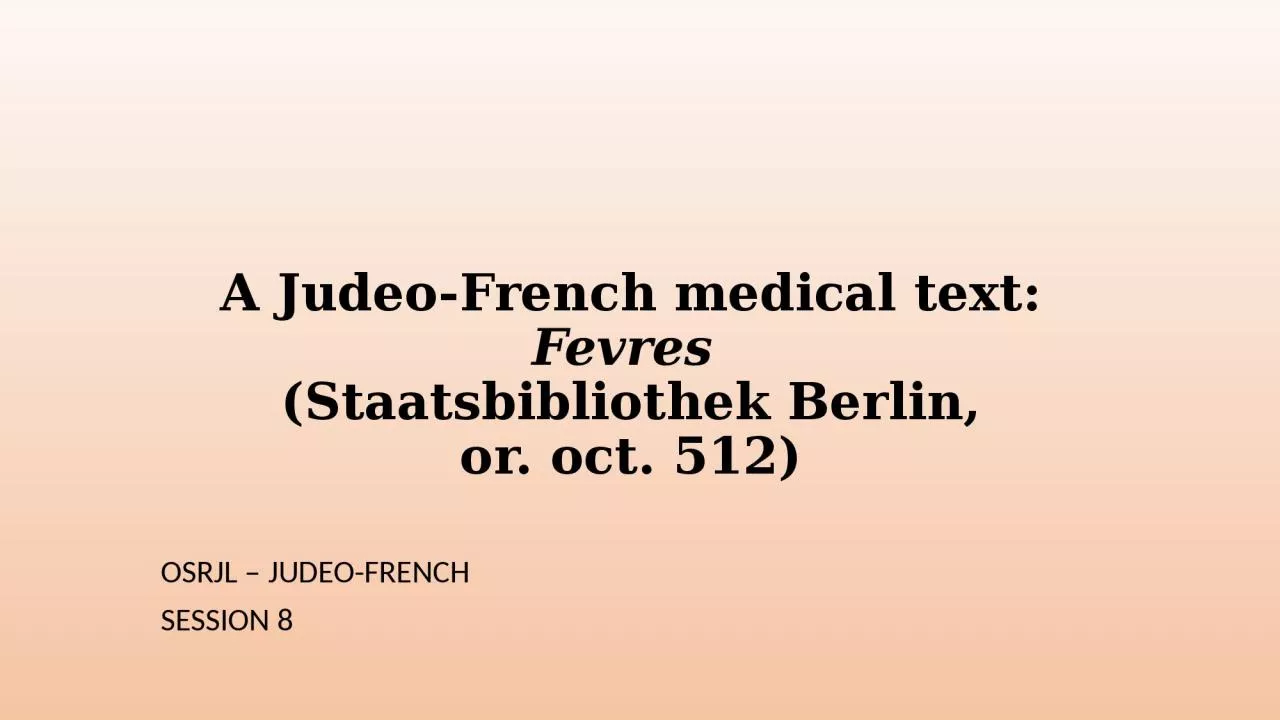



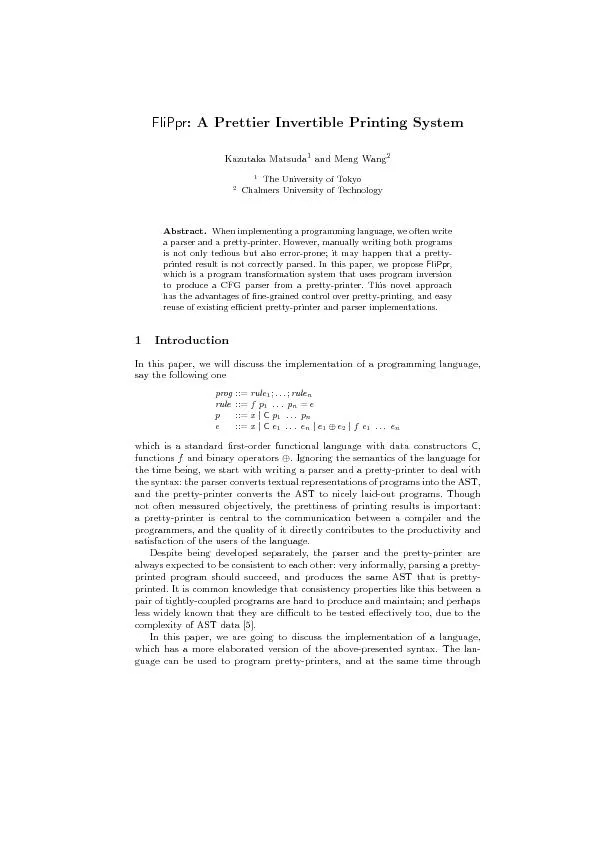
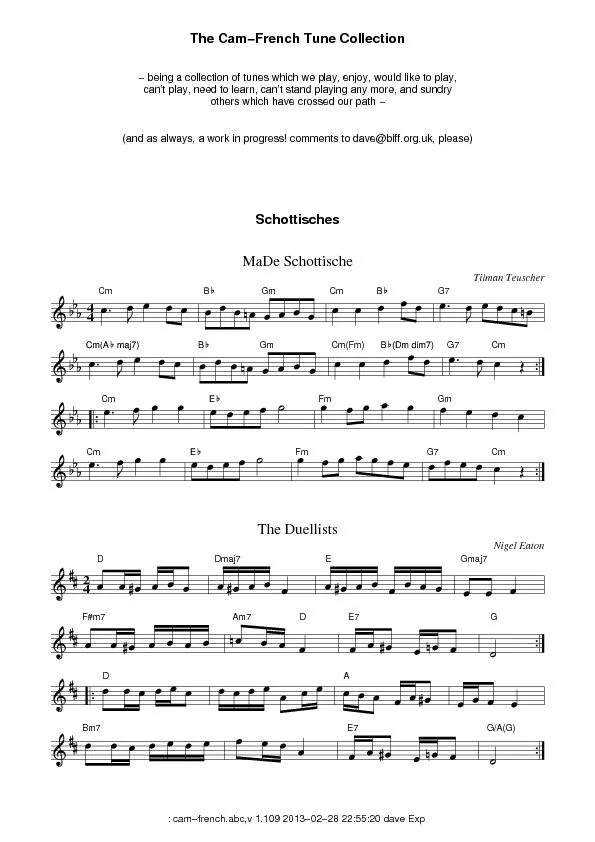
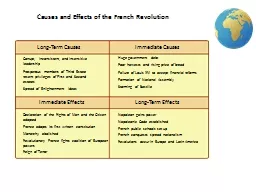


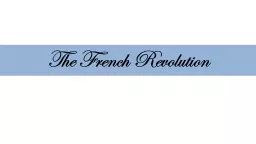



![[PDF READ ONLINE] Dahl\'s Law Dictionary: French to English/English to French an Annotated](https://thumbs.docslides.com/1019656/pdf-read-online-dahl-s-law-dictionary-french-to-english-english-to-french-an-annotated-legal.jpg)